The price of installing a home battery system varies depending on several criteria. These include the battery’s capacity, measured in kilowatt-hours (kWh), the brand of the accompanying solar or hybrid inverter, and even the geographic location where the system is installed.
While costs have been declining, the rate of reduction hasn’t met public expectations. Currently, you could spend as little as $4,000 for a basic 4kWh battery and upwards of $15,000 for a robust 12kWh model.
These figures may also change based on the type of backup power you require and the additional features you choose.
Energy Consumption Context
To better understand what size battery you might need, consider that an average 3-bedroom home uses around 20kWh per day. Solar power can cover a portion of this, mainly during daylight hours.
A 10kWh battery is generally sufficient for most homes to cover evening and nighttime consumption. However, if your home is energy-efficient, you might only need a 5-6kWh battery.
General Cost Guide
In the Australian market, a battery system generally costs around AUD$1,000 for each kWh of storage capacity. In the U.S., the cost is somewhat lower, averaging around $700 per kWh.
For example, Tesla’s 13.5kWh Powerwall 2 would set you back around $15,000 fully installed, while the LG RESU 9.8kWh battery is priced around $6,000, not including the additional cost of a compatible hybrid inverter and installation fees.
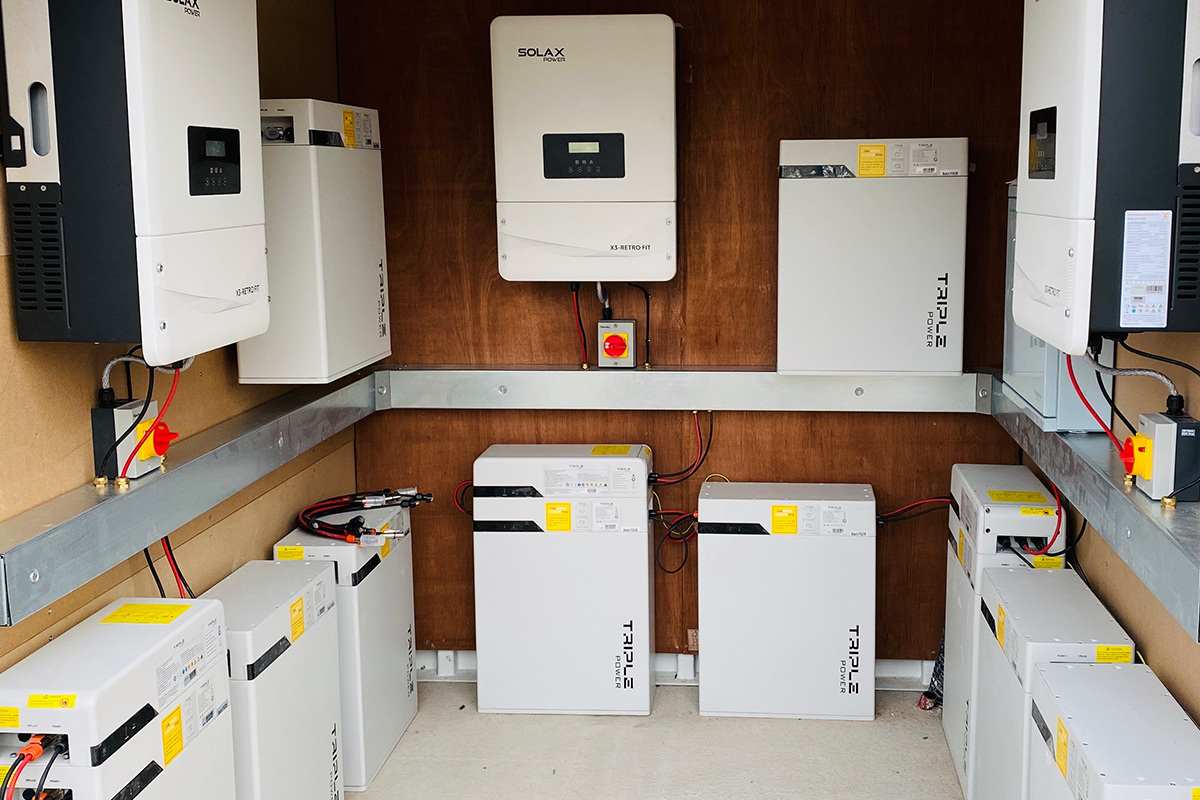
Hidden Costs and Installation Details
Keep in mind that installing a battery system might entail additional costs like switchboard upgrades and dedicated circuit backups.
Also, the location where the battery will be installed is crucial; you might need to invest in protective enclosures against the elements, which could otherwise cause the battery to overheat and shut down.
Note that improper installation might even void the manufacturer’s warranty.
Going Off-Grid
If you’re contemplating an off-grid lifestyle, be prepared for a substantial investment. You’ll need a battery with much higher capacity—ranging from 12kWh to over 30kWh—and specialized off-grid inverters. Trusted battery brands for off-grid setups include Powerplus Energy, GenZ, BYD, Simpliphi, and Zenaji, mainly because of their compatibility with leading off-grid inverters.
Do You Actually Need a Battery?
In most scenarios, a battery system isn’t essential unless you’re dealing with frequent power outages. Even without a battery, a rooftop solar installation can dramatically reduce your energy bills, by as much as 60% or more if you strategically use energy-hungry appliances during the day.
Plus, you can get credits for excess energy fed back into the grid in many regions, albeit at declining rates. Considering the lengthy payback period—typically 8-12 years—for battery systems, many find it more cost-effective to use solar power for immediate consumption rather than storing it.
Nonetheless, for those who value the security and independence that comes from having a reliable, sustainable energy supply, the cost may be justifiable.

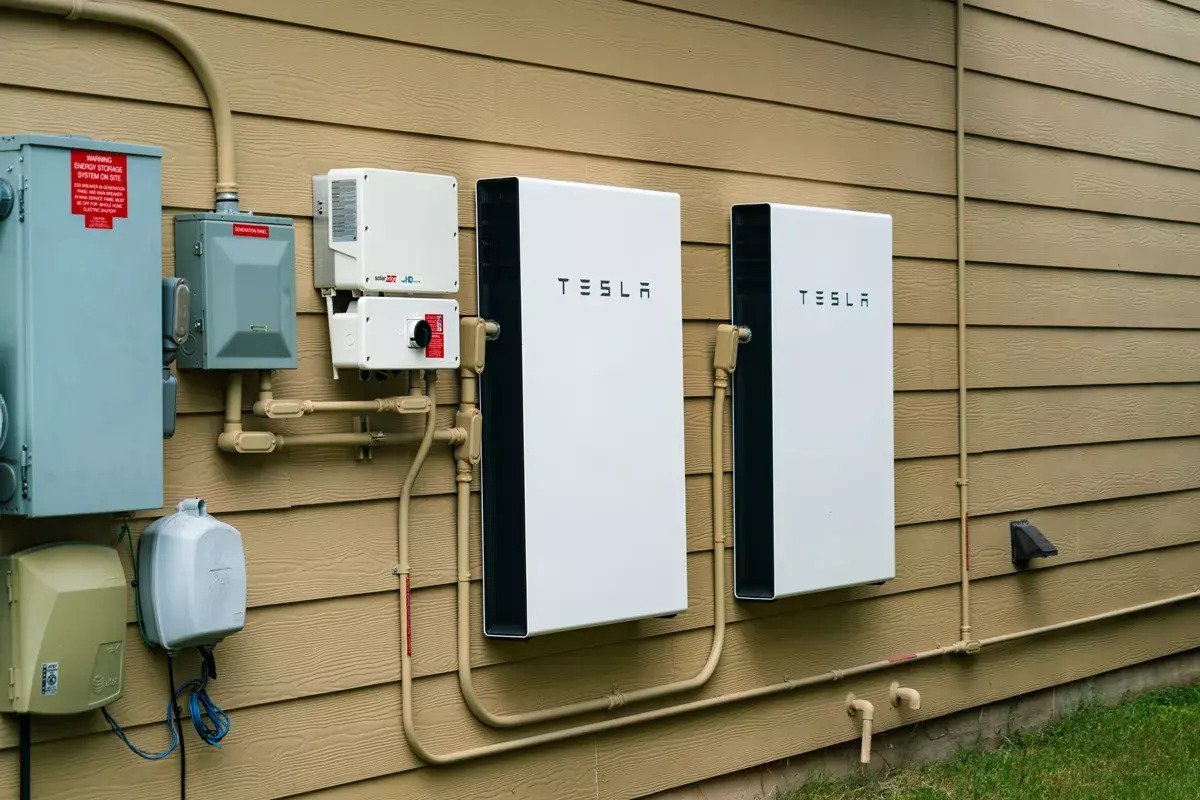
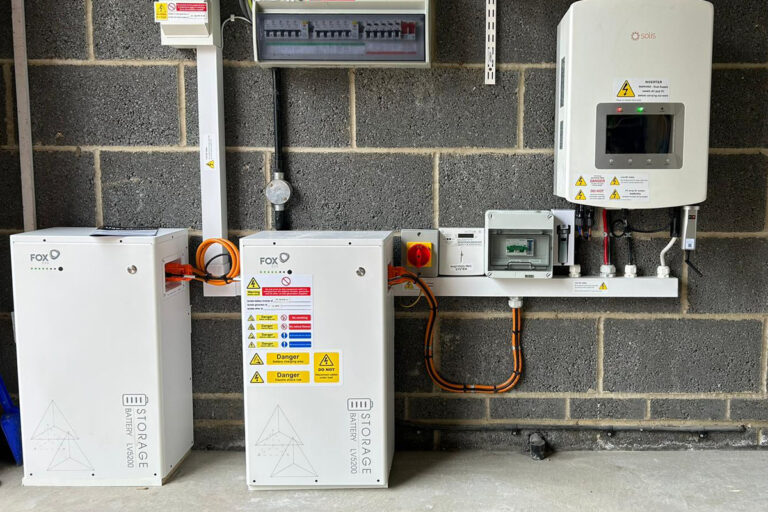
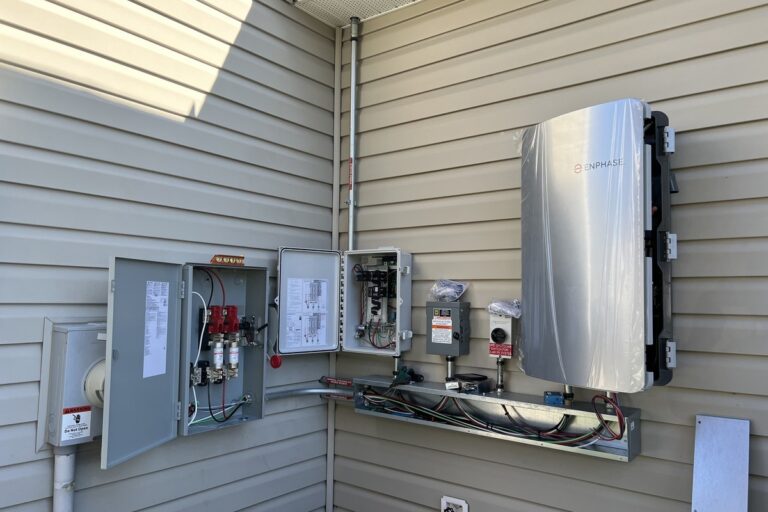
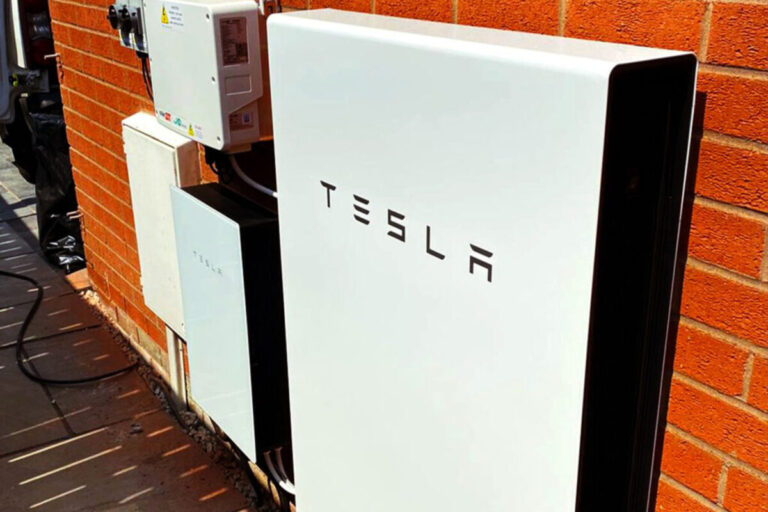
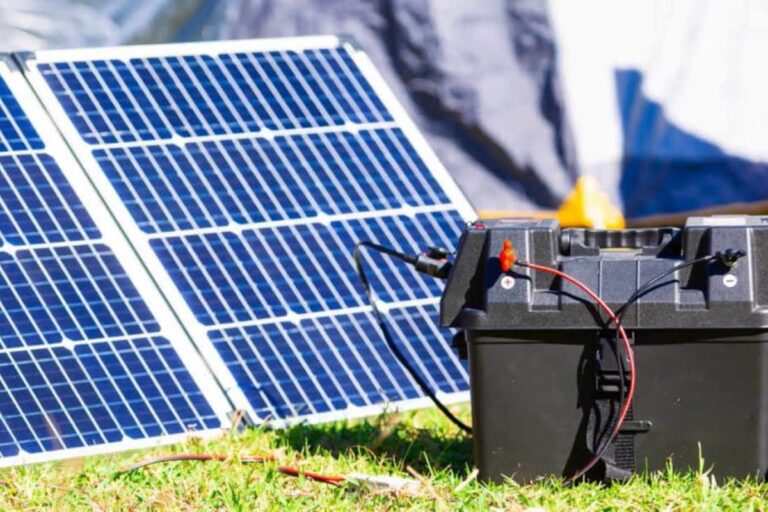
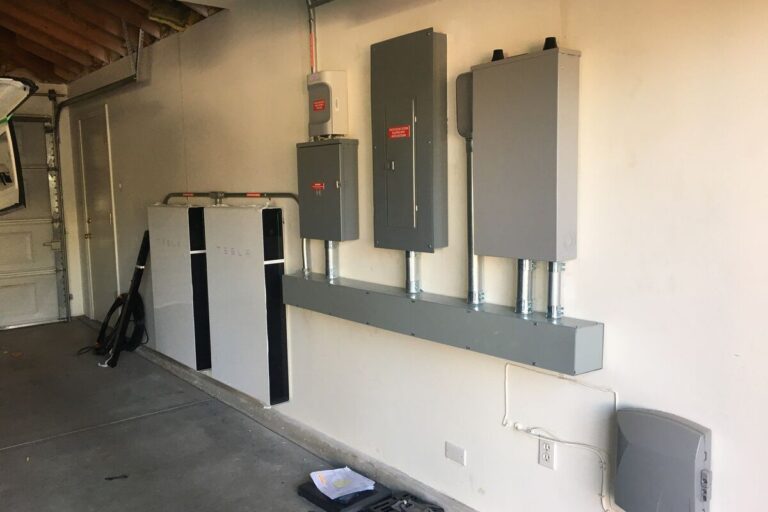
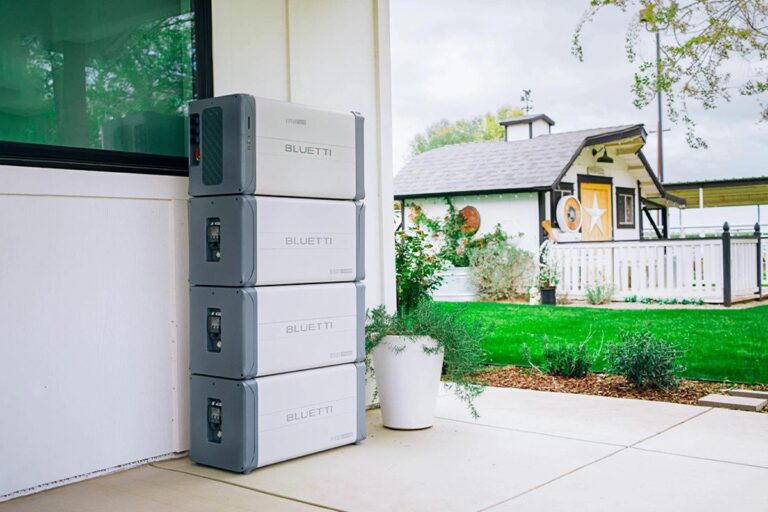
+ There are no comments
Add yours